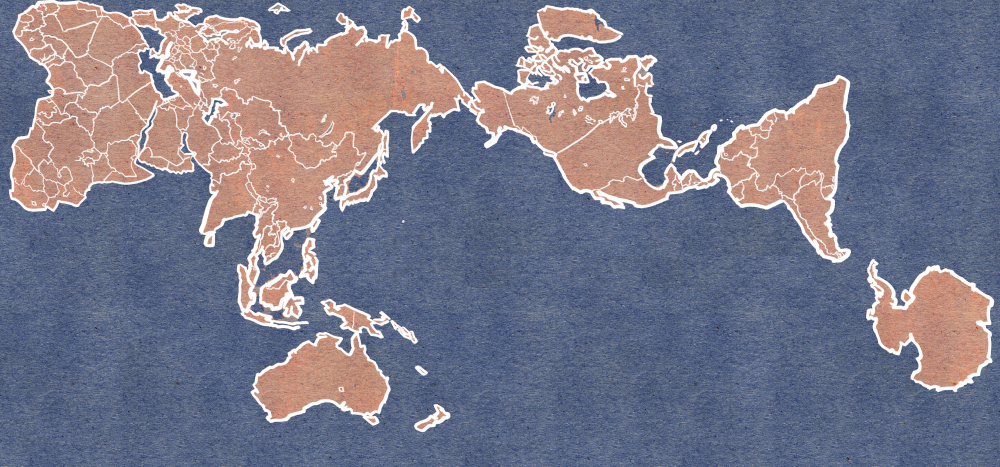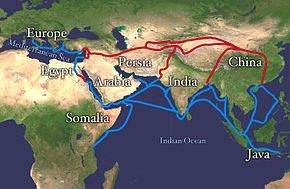Jyrki Käkönen reflect the movement of the centre of the world influence.
In his foreword for “The Crisis of Our Age” Pitrim Sorokin predicted already 1957 that the centre of the world influence shall move from the Western world to the nations of Asia and Africa. Much later in 1998 Andre Gunder Frank writes about the Asian age in his “ReOrientation: Global Economy in the Asian Age”. Current discourse about the rise of Asia or merging nations especially the rise of China and India give support for these predictions.
In the beginning of the 21st century the growth of the world economy depends on Chinese and Indian economic growth. According to the OECD report in the spring 2017 these two countries lead he world in terms of economic growth. Simultaneously their political weight in global issues is increasing.
However, in a historical perspective it would be more correct to talk about the return of the past, especially return of China and India instead of the rise. The use of return instead of rise in this connection indicates a change in understanding globalisation. Globalisation is not just a linear process leading to modernisation or westernisation.
Before the 16th century the economic and political gravity were in Asia. Europe, even the Roman Empire were in the periphery of the existing world system. In the world economy, the so-called Silk Road(s) as well as the Indian Ocean maritime lines were the highways of international trade along which goods from the East were transported to the West and wealth to the East, first of all to China and India. Europe did not have much to sell but a lot to buy.
The discovery of the Americas changed the system. First it provided resources for Europe to buy more oriental goods and gold and silver from the new world went to the East. Due to this reality Chinese and Indian economies prospered still in the 16th century.
Latest since the Ancient Greece one of the crucial political issues until the 17th century has been the control of the profitable trading roads between China and Europe. However, gradually trans-Atlantic trade occupied the central position in world economy. Silk roads and Indian Ocean maritime roads lost their role as highways of world trade.
When today Chinese and Indian economies grow and China has become the factory of the world Indian Ocean is again occupying a central position in world trade. Simultaneously Trump’s policy seems to erode trans-Atlantic connections. This transition is also reflected in Chinese and Indian initiatives for regional economic cooperation across Eurasian landmass and Indian Ocean. The most ambitious initiative for connecting Europe and China is the Chinese “One Belt One Road” initiative on what China is ready to invest billions of renminbies.
In a long historical perspective, this transition means that Euro-centrism appears to be just about 3 – 400 years exception in the global history. And at least metaphorically it is possible to talk about the return of the past. This metaphor refers somehow to traditional Chinese and Indian cyclical understanding of cosmic as well as human time or history instead of linear understanding of time.
The issue of linear or cyclic time perspective should lead to an interesting question, whether the Western understanding of modernisation of social formations is a universal process. It also raises a question about whether our Western centric social theories in general are at all universally valid. This is something what Sorokin considered already 1937 – 41 in his four-volume study “Social & Cultural Dynamics. A Study of Social Change in Major Systems of Art, Truth, Ethics, Law and Social Relationship”.
Jyrki Käkönen
Image: Wikipedia



